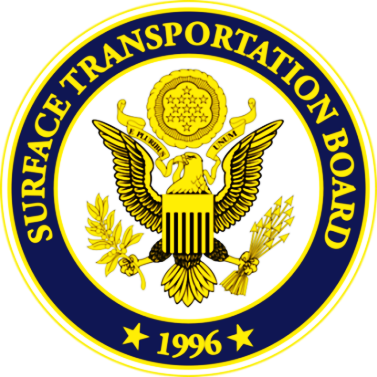
FOR RELEASE
06/23/2021 (Wednesday) [PDF Version]
No. 21-28
Contact:
Michael Booth
202-245-1760
FedRelay 1 (800) 877-8339
The Surface Transportation Board’s Office of Environmental Analysis (OEA) has published an updated version of its Rail Heritage Map on its Railroad Map Depot webpage. The updated map shows the locations of 1,596 rail-related structures, buildings, and sites that are listed on the National Register of Historic Places (National Register). It also shows the estimated boundaries of 3,105 National Register-listed historic districts that overlap mapped active or abandoned rail lines or that have a known historical connection to railroads.
In addition to historic properties that are already listed on the National Register, the updated Rail Heritage Map provides information about other rail-related historic properties that OEA has identified, including certain historic railroad bridges and historic districts that OEA has researched and evaluated in cases requiring historic review under Section 106 of the National Historic Preservation Act.
OEA intends to use the Rail Heritage Map as a repository for historical documentation produced during the Section 106 process for railroad abandonment and construction cases and hopes that it will help inform Section 106 consulting parties, other stakeholders, and the public about railroading history.
“Our new Rail Heritage Map was a painstakingly detailed project conducted by Environmental Protection Specialist Joshua Wayland,” said Chairman Martin J. Oberman. “We all applaud Josh’s impressive work to create and present this critical data in a user-friendly format for interested parties.”
The updated Rail Heritage Map can be accessed through the Board’s Railroad Map Depot here. For more information on OEA and the Board’s responsibilities under Section 106 of the National Historic Preservation Act, please see our Historic Preservation Overview page here.
###
 An official website of the United States government
An official website of the United States government


